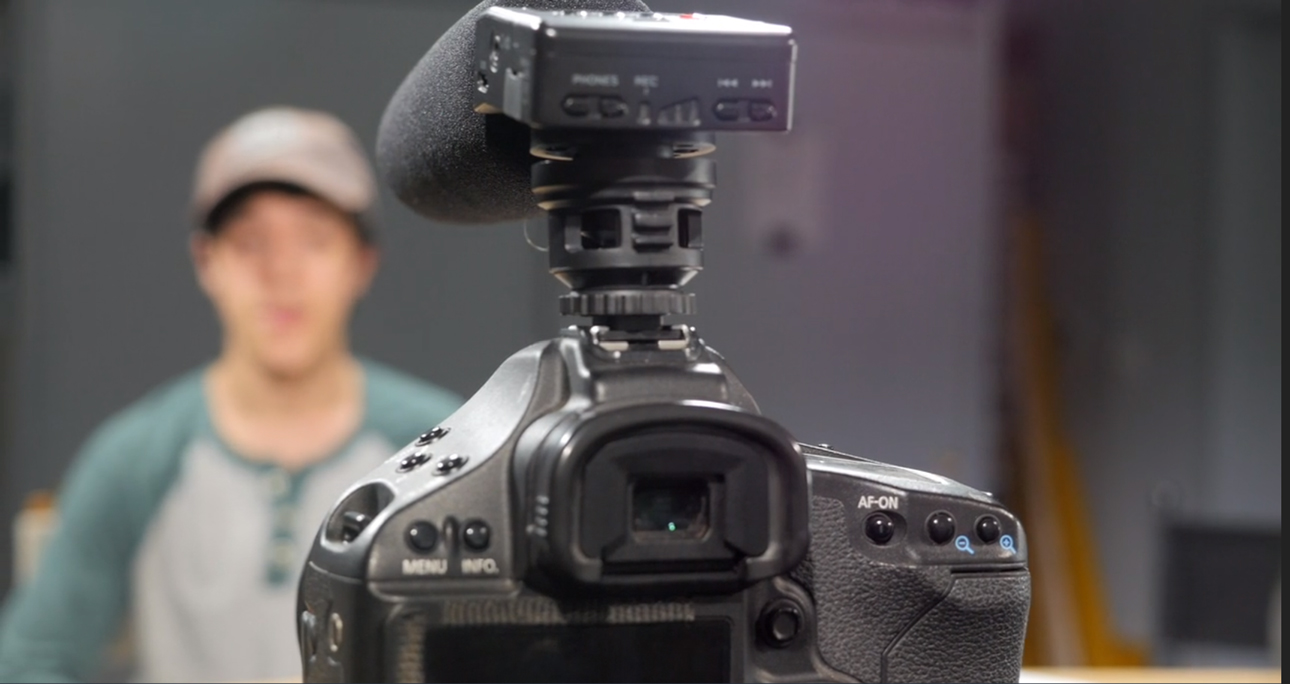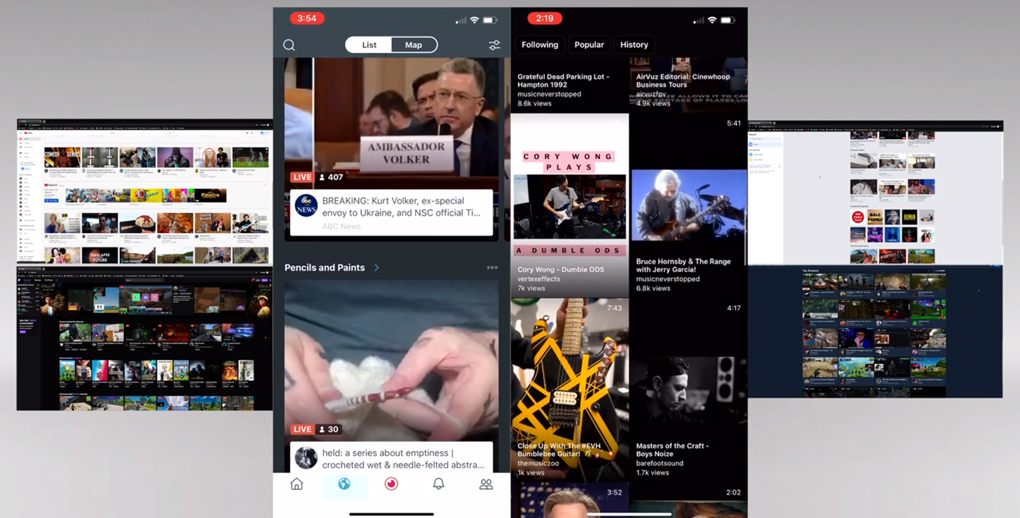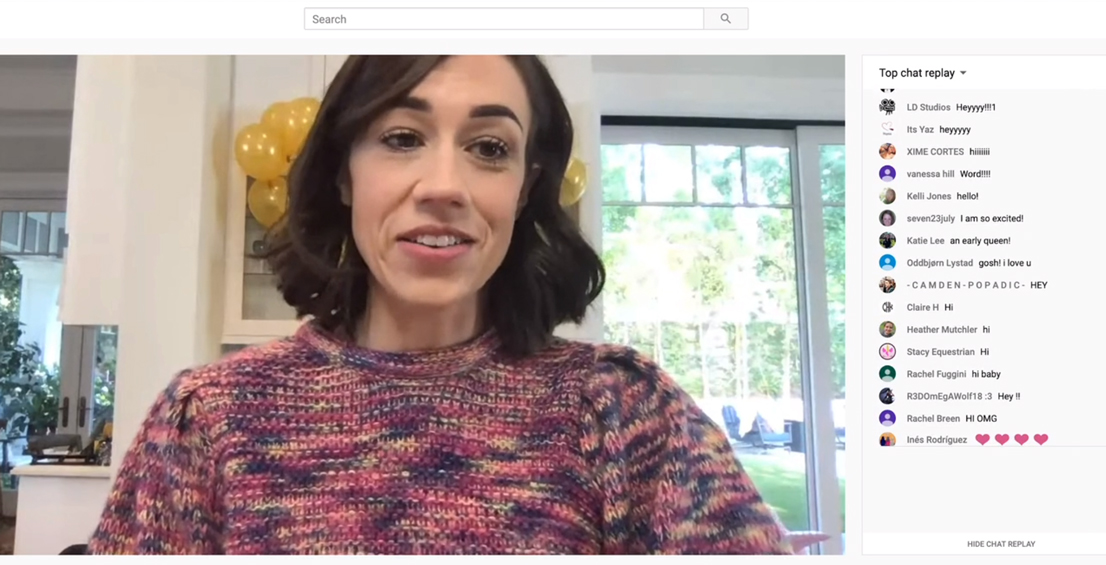Video content is now more important than ever. More and more businesses, companies, self-starters and enthusiasts are investing their time and money in livestreaming their brands, services and creative content to solicit and entice the attention of prospective consumers and customers. Livestreaming strategies are an essential part of livestreaming.
In a race to outshine the competition, more vendors, merchants, businesses and entrepreneurs are turning their focus toward livestreaming to give their content a boost to attract viewers. Because livestreamers are creating video content as a sales pitch to build their brands and grow their audience, there’s no better time than the present to cash in on the venture.
Why livestreaming?
More than 28 percent of marketers invested more time, money and resources into producing livestreaming content in 2020 alone. Global video traffic will make up about 80 percent of all consumer internet traffic in 2021. Opportunities to grow your audience and build your brand or service will direct sales to reach your business goals.
In addition to that, more audiences watched more live video in 2020 than in previous years. Livestreaming is not slowing down; it’s in high gear. Since 2016, it has become the highest-rated usages of content on Facebook’s algorithm, and other platforms, such as Instagram and Twitter, have since joined the trend.
Who should care about livestreaming?
Anyone looking to use video messaging to stand out and persuade audiences to buy into their particular brand or service should seriously consider the opportunities of livestreaming. Everything from how-to instructional videos, new product releases, worship services, lectures, gaming, webinars and tutorials have attracted more viewership through livestreaming. Not to mention, nearly 80 percent of people would rather watch a live video than read a blog or ad banner.
Over 360 million users watch Facebook Live regularly and close to 200 million users watch Instagram Live. Live video draws three times more viewership than written content. With those stats, it is clear that the benefits of livestreaming are becoming more and more considerable. So, even though basic video is still a persuasive marketing tool, live video has established itself to be an effective addition to video marketing. Now would be an ideal time to get your feet wet and explore the trend.
How to get started
Since livestreaming is cost-effective, it can be created and achieved on a minimal budget. All you need to start livestreaming is to have a dependable internet connection and a smartphone camera, which can shoot in HD quality. You can upgrade your equipment as you reach wider audiences and generate revenue. But once you’ve chosen a platform that suits your content, you have to, then, incorporate a strategy into a marketing plan to build your brand or service. Before you even start investing, have a plan. It will save you time and money.
Develop your strategy
Once you have an idea of the kind of video and live content you want to create, when and how you will distribute that content, and how fragments of that content will fit into your general marketing strategy, then it’s time to develop a livestreaming strategy. A livestreaming strategy is simply when you create your livestreaming content around your business or service.
For example, if you want to bring in a larger audience to your streaming church services, you may want to create video content with contests or hold real-time interviews with community leaders, or stream live gospel events that interest potential viewers.

Understanding video strategy
Your complete video strategy needs to incorporate each of the four main categories of content, developing a clear strategy for each one. The four main types of video content to consider are livestreaming, video on demand, branded content and over-the-top video.
Each video content fulfills its own objective and knowing the variances between the above list is important to developing the right video strategy. Livestreaming video content can be videos posted to a platform or multiple platforms simultaneously, or it can be broadcasted coverage of live events.
Basically, livestreaming video content is a video in real-time, as it happens. Whereas video on demand are edited or recorded videos, and branded video content are explainer videos made to sell a service or product. Over-the-top videos are more how-to or instructional videos. As you can see, each video has its own distinct and exclusive purpose. Once you know which category your video will be, you can develop your livestreaming strategy from there.
Getting more views
Before you livestream video content, you should promote your content, brand or service in advance. The first step is quality over quantity. Make sure you create quality videos with good audio, lighting and video resolution. Don’t cheat yourself by not investing in the best equipment and software for your video content.
Choosing a platform
If you are really serious about taking your livestream to the next level, you should consider using a professional video hosting platform over the free platforms, like YouTube, Instagram, Facebook and Twitch. However, if your budget is tight, you can start off with these free platforms as you grow, learn and build your brand and your audience.

You can increase views using these free platforms that allow viewers to subscribe to or follow your channel. Each platform offers viewers the tools for commenting on your videos and that brings about engagement. If you happen to have accounts on multiple platforms, such as Twitter, Facebook or YouTube, then you can increase your views by using all of your channels to promote your livestreams. Share the URL to the stream on Twitter, Facebook or YouTube, and any other platforms that you have with an existing following. Create a catchy description that gets people’s attention. Post teaser videos to these accounts and send out a flurry of email promotions. Create an exceptional hashtag for each broadcast, then publish blog posts associated with the broadcast’s topics.
Using graphics
You can also gain more views and subscribers by creating banners and cover images for your social media platforms. Viewers can learn more about your product, service or live videos this way. This will help promote your broadcast. Consider running ads for your Facebook Live or Instagram and other platforms.
Everyone loves a discount
As an extra incentive, you can consider offering a discount code or free product sample as a teaser to entice views. But your key goal should be to stream consistently. The more content you stream via social media platforms, the easier it is for viewers or followers to share your content with others and bring more awareness to your livestream.
Engaging your viewers
The single goal of livestreaming is building audience engagement. Your live video forms a real-time connection between you and your audience, which grows to a sincere and trustworthy relationship. Your viewers become a part of the content. You get to know what they are watching by what they’re commenting on and, this in turn, provides you with the feedback to advance or improve your content. In many ways, livestreaming forms a community by allowing the audience to interact. This improves viewing and people’s experience with your content.
Building a relationship
To keep viewers and audiences engaged, you have to build a trusting friendship with them. You do this by keeping them engaged. A proven way to accomplish this is by creating video content that goes behind-the-scenes of your day-to-day life and the steps you took to promote your brand, service or creative content. This strategy is one of the simplest ways to give your viewers a feeling of trust and personal connection with you and your livestreaming content.

Try some interviews
You should also consider doing live interviews with well-known personalities, and hosting interactive Q&As, where you can ask viewers questions or answer their questions. Audiences love Q&As and having their questions answered directly in real-time rather than emails or through chats. As long as you set a specific topic to address, Q&As will not only engage viewers, but encourage them to continue following you.
Make your audience feel special
Another strategy that works in engaging your audience, is calling them by their name. People love being addressed on a first name basis, especially when you include them in your livestream. You should always make it a practice to welcome new viewers to your videos, as well.
A common practice and good strategy when it comes to engaging your audience, is making eye contact with the camera. It makes it appear as if you see who it is you’re talking to, and makes you look less shady than if you’re looking everywhere else but the camera.
Livestreaming allows you to create relationships with viewers and potential customers and/or businesses. No other medium, such as blogs or chats, can do this. Livestreaming creates a community and keeps audiences engaged. But the most important thing live streaming does is humanize you before your viewers. And that’s the natural relationship many viewers out there are looking for.
The bottom line
Without a strategy for your livestreaming content and video marketing, you will spend most of your time creating video content that viewers may never watch. If you don’t market your online video marketing content strategically you will be wasting time, money and energy.
Before committing, research. Don’t just livestream just to be livestreaming. Know that it is something you’re ready to obligate yourself to for the long haul. Start off with knowing what your endpoint is, then map out just how you’re going to get there. Be flexible and adaptable. And most importantly, be patient. Your plan should start with the livestreaming strategies you to need to promote your content, increasing viewership, and never allowing yourself to get discouraged. Livestreaming is a proven and certified path to linking with potential customers and larger audiences. So, don’t allow yourself to miss out on the trend. Create your strategy right now and make it work for you.







